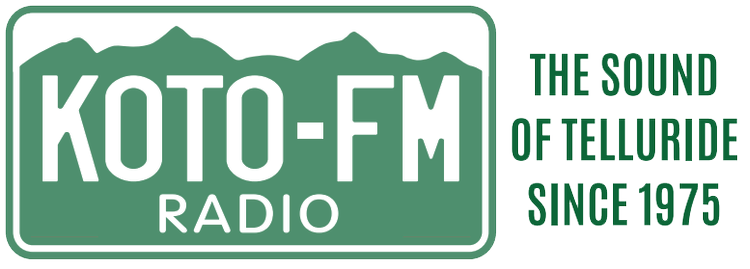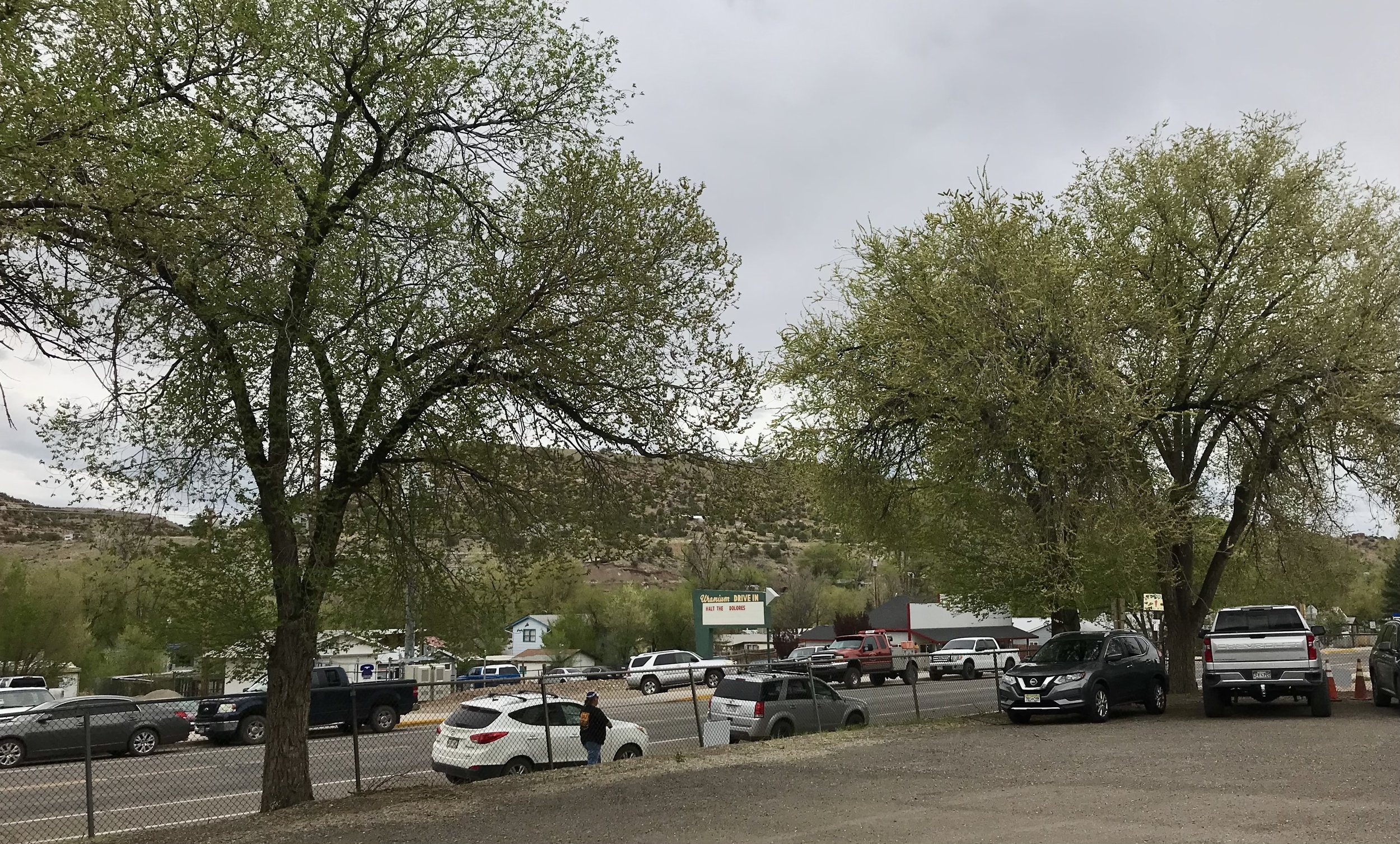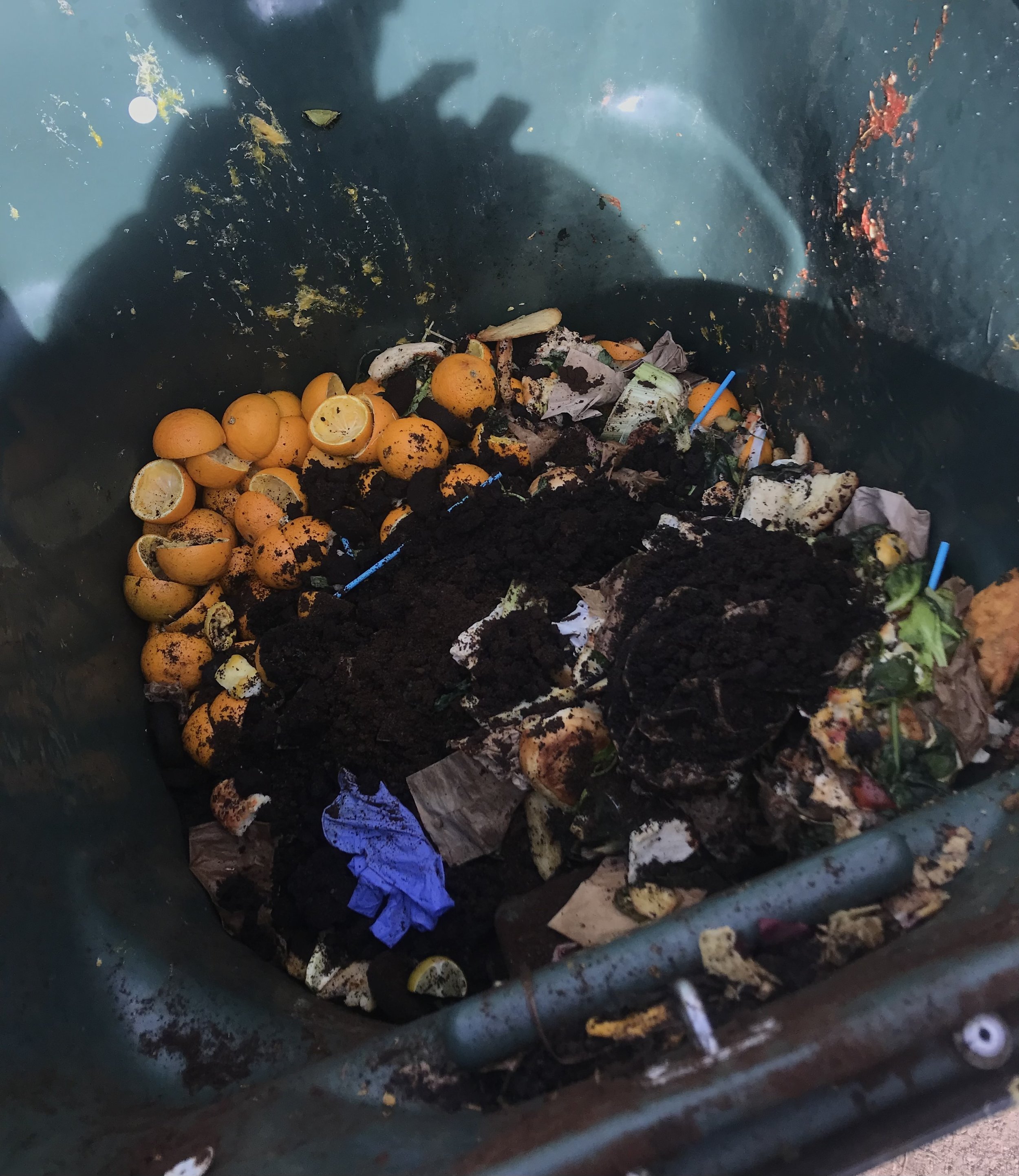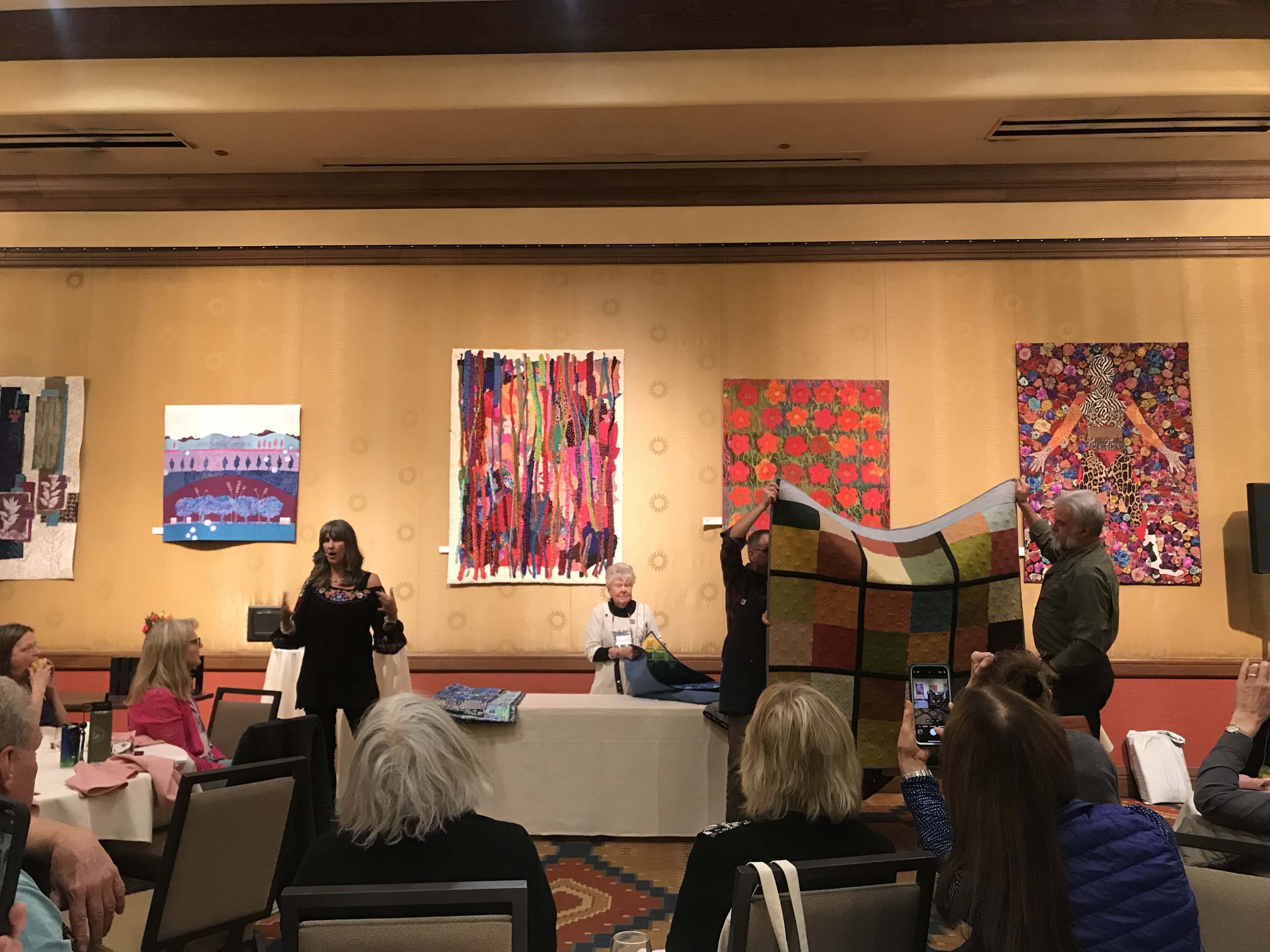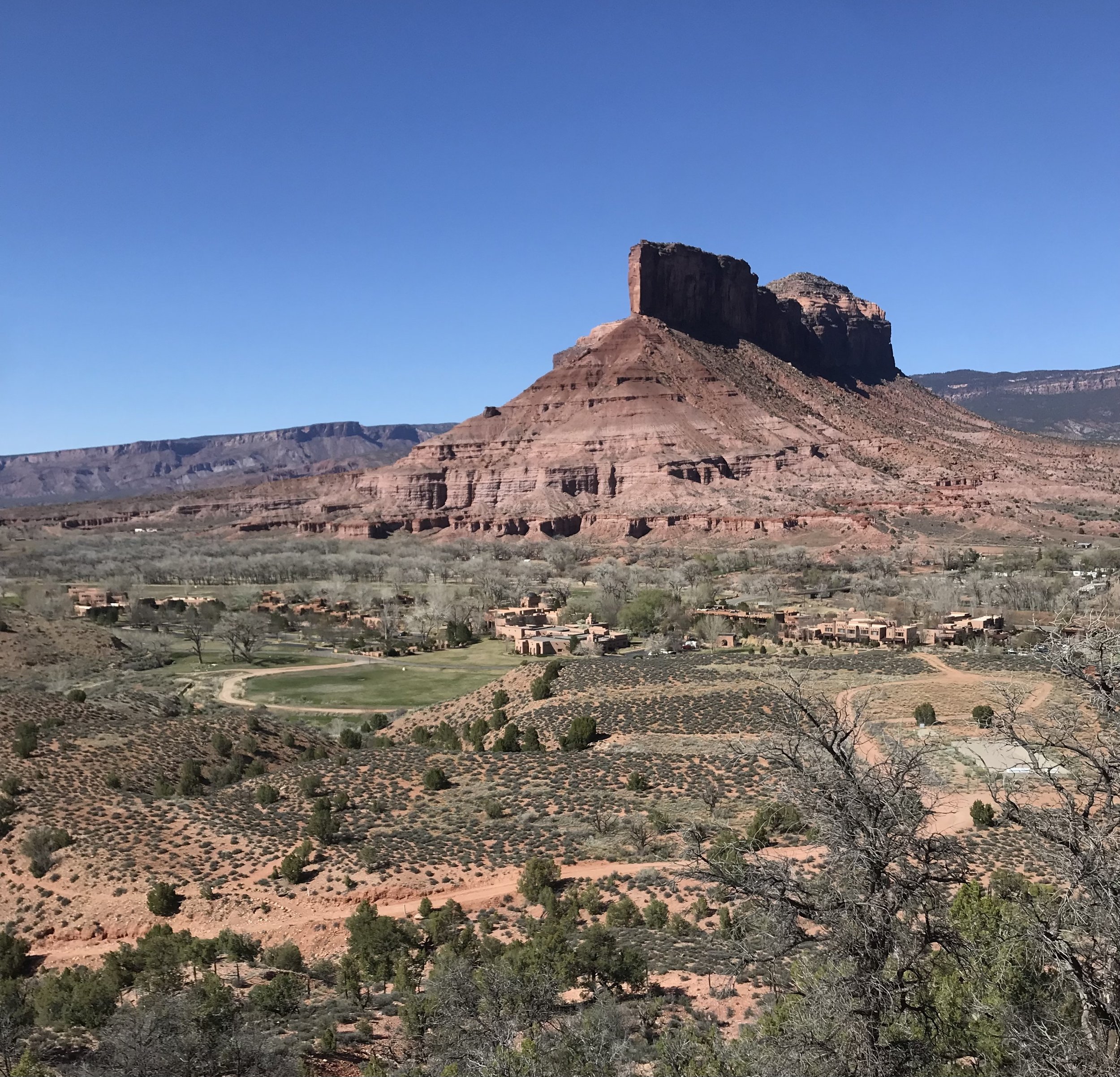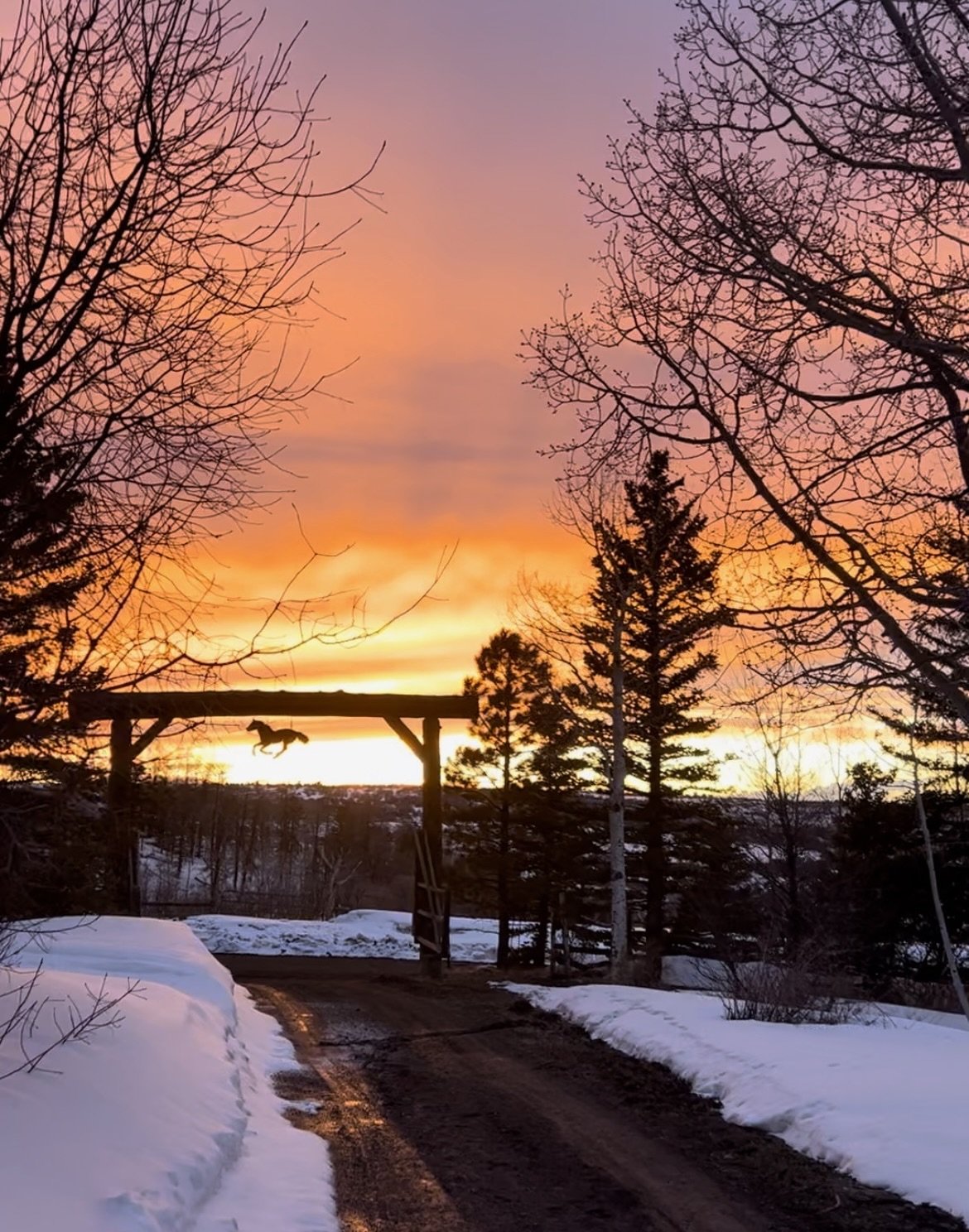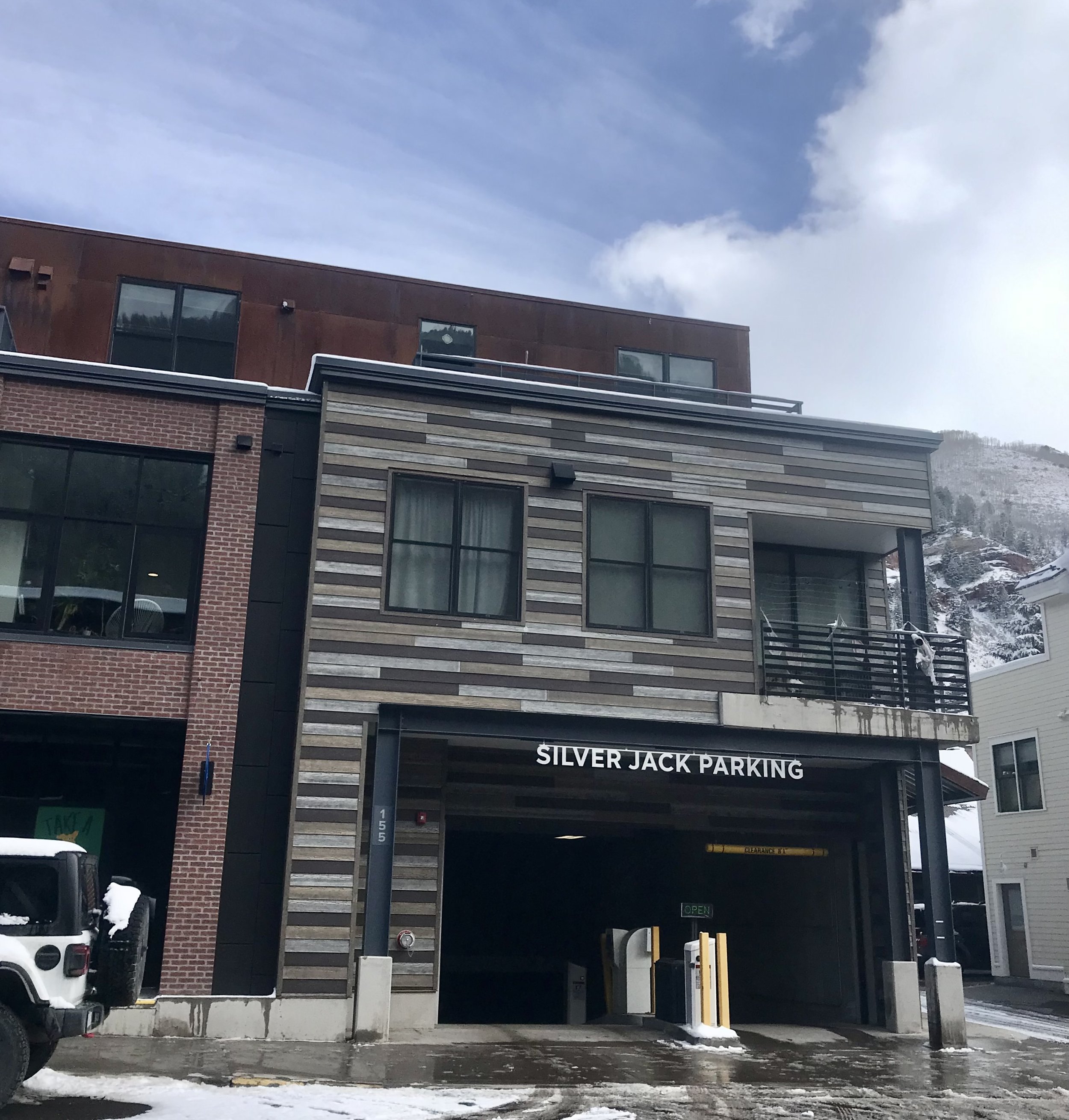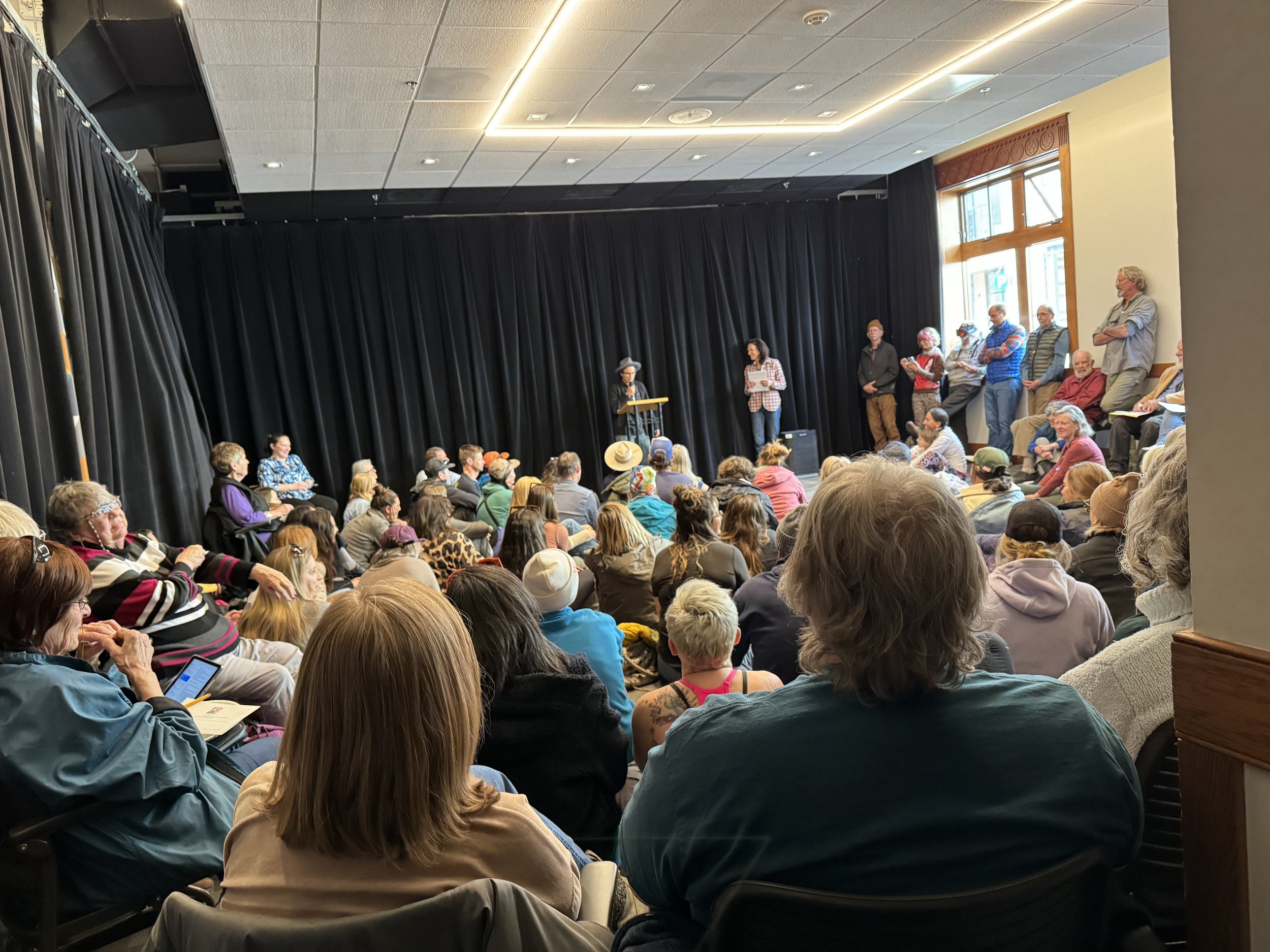Lone Cone Road crosses Highway 145 just outside of Norwood, and if you turn south it runs straight through pasture land and low shrubs out towards the namesake mountain in the near distance. I meet Terry Lammers there, at a crossroads with a cluster of homes — lambs bleating and chicken scratching in the door yard.
“My dad moved into that house when he was two years old back in 1936,” says Lammers, gesturing across the street. She continues pointing around the barnyard: “there used to be another trailer here. I lived here. Then we moved there. Then we moved down there when my granddad died.”
Lammers moved away for many years, but returned for retirement and continues to ranch and raise sheep on these family pastures. The land just south of us is the site of a 600-acre solar development proposed by the company One Energy Renewables last May.
Considering the project, and the land, Lammers says “it would be devastating — at least to my mindset — having that across the road. I mean, just the destruction of beauty, wildlife habitat….there's just so many better suited places for a project of this size.”
This sentiment is shared by many on Wrights Mesa. Outcry over OneEnergy's Project spurred the San Miguel County Commissioners to place a moratorium on all non-residential solar applications in the County until they could write solar regulations into the land use code. The moratorium has stretched on for a year, and Commissioners recently extended it for another six months, promising this would be the last and they'd have rules in place by year’s end.
“We've had Two Joint Planning Commission and Board of County Commissioner work sessions on the draft regulations so far,” explains County Planning Director Kaye Simonson.
Lammers shows me newspaper clippings which report on those meetings. She pulls out an article from the first work session, which explains the Norwood community turned out en-masse to make public comment, asking that the entirety of Wright's Mesa be removed from consideration for large-scale solar developments.
“So after the January meeting,” Lammers says, “it was pretty much everyone's consensus — or we all thought — that it was a done deal and the Wright's Mesa Rural Ag [Zone District] was going to be removed from large-scale solar.”
Lammers was shocked when, at the next work session, large-scale solar remained a possibility in the Wrights Mesa Zone District. In the current draft, large-scale is any development over 10 acres although that number is in flux as the drafting process continues.
Norwood Mayor Candy Meehan says the county’s reluctance to ban utility scale solar in the area has left a sour taste.
“The residents on Wrights Mesa do not feel like the Planning Commission and the Planning Director are paying attention to what we are saying is not a suitable fit for certain pieces of property here on Wrights Mesa and in the town of Norwood,” she says.
The County has hired Torie Jarvis, a Montrose based land-use lawyer with the firm Sullivan Green Seavy Jarvis to assist in drafting the regulations.
Speaking of the code-writing process, Jarvis says “the preferred approach would be to develop a set of regulations that protects every possible impact from a development. And if you develop a set of regulations that does that. — where every single impact is addressed and there's no adverse impacts to any neighboring properties, the overall economy, or the environment — then it begs the question: ‘what rationale is there to ban something?’”
Jarvis emphasizes those impacts can be whatever the County may wish. The burden of mitigating impacts will pare down applications until they fit the community's character. Such an approach preserves the essential right of landowners to use their land as they see fit, so long as it doesn't detriment the community as a whole.
“That concept is really getting at that [the idea that] you can do what you want to with your private property as long as you're not impacting anyone else's enjoyment of their land,” Jarvis adds.
However, whether the county decides to place an outright ban on large-scale solar or go the route of mitigating impacts, says Jarvis, “really will be up to the elected officials”
There's no question: those elected officials are hearing from the Norwood community. Meeting after meeting has been packed with concerned citizens.
“Mistrust breeds vigilance,” says Meehan. “And I'm afraid that that's something that the Planning Commission, and Director, and County Commissioners are just going to have to accept at this point. Their publications are being watched. Every single meeting is being attended and I don't see that dispersing.”
The conversation here in San Miguel County plays out as the Biden Administration and the State of Colorado are rolling out programs and pledges for a green energy transition. All the incentives for solar are coming into conflict with small communities concerned about the impacts on the ground. This County is not alone, observes Simonson:
“I think this conversation is playing out statewide and nationwide, especially here in the West. Just start researching online; you'll find all sorts of examples, current and recent, where they've had to balance the desire to add to renewables with community sentiment.”
The Colorado Legislature has signaled an interest in increasing state control and reducing local control over solar regulations in order to speed up development. The outcome of those conversations is unclear, but Jarvis notes, as someone working in the field, she suspects there's more to come.
“I think that this is just going to keep happening and it will be interesting at the Legislature to see if they get more aggressive in having the state have a role in regulating,” she says.
Back at Lone Cone Road, Lambert says she appreciates the county's efforts to take time and care with the process. She notes meetings have been productive, informed, courteous and well attended. But looking down the street, she feels the outcome may be out of the hands of county residents and elected officials.
“There's big pushes from the state, that's state owned land…green energy development mandates by what? 2030? I think. So there's just a lot of powers that I don't think we're fully aware of yet, or what we're totally up against.” she says.
The latest draft of the code will be made public by Friday, May 3rd on the San Miguel County website. A third work session will take place on Wednesday, May 8th at both the Norwood Sheriff's Annex in the Miramonte building here in Telluride, coordinated online via zoom.
The meeting starts at 9:30 a.m.
